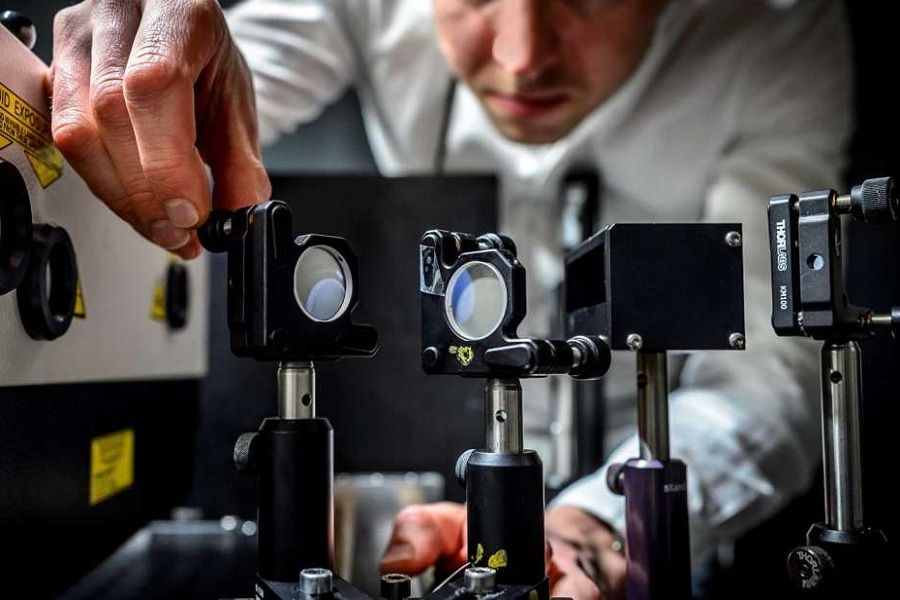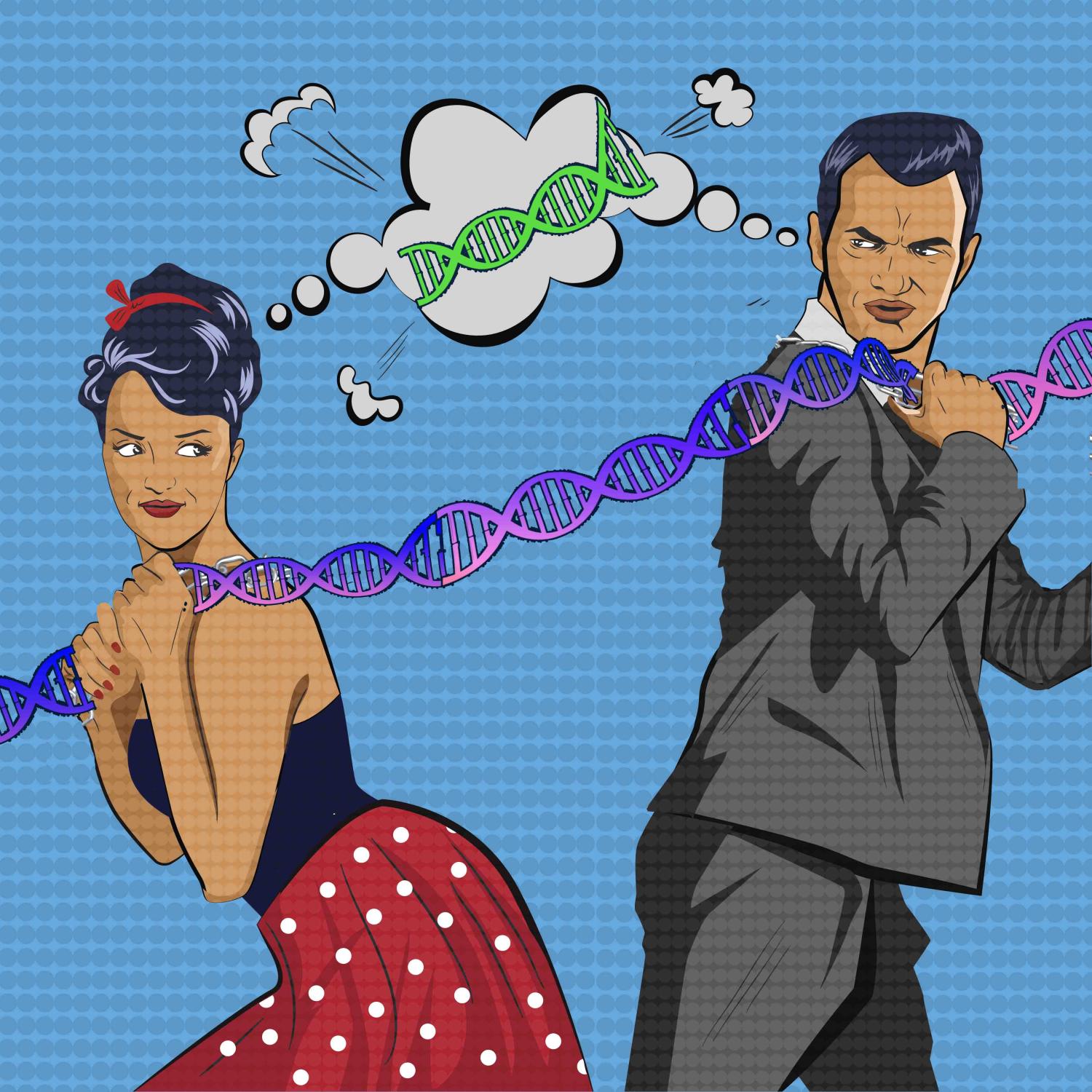The power of somebody believing in you and your ideas is unbelievable. It gives me exceptional strength. I will wake up 6am and crash 1am, working relentlessly in between. Just recently, the mere fact of somebody becoming a PumpkinDB sponsor gave me a lot of confidence in our success and continuing inspiration to dedicate big chunks of my spare time to this work.
In the grand scheme of things, the amount of money the project receives so far is rather insignificant, it just covers some of our associated expenses. So why is it that important?
Well, words are cheap. Many people said they like what we are working on, but the shelf life of the inspiration coming from this kind of feedback is rather short. Having somebody continuously use your work is the best type of validation.
But in the absence of something immediately useful (as it is often the case with any new, non-trivial project), there are two things that rock: contributions (as in “sweat” or “pull requests”) and money. Both time and money are painful to part with, so when somebody parts with either, you know you’re onto something.
About a month ago I read Nadia Eghbal’s post where she was offering a few $5,000 grants, with no strings attached. Since then, I was obsessed with this idea. The basic idea is beautiful in its simplicity (simplified & paraphrased):
You have a project that you really care about, but funding isn’t readily available for it. If I really like your project, I will give you US$5,000 to pursue it. No strings attached.
The moment I finished reading her post, I knew I wanted to do something very, very similar. I know I can invest $5,000 into my own project, but the idea of being able to give the power of scarcely available validation to somebody else is overwhelmingly more exciting. Thank you, Nadia.
So, here it is: I am offering a $5,000 grant to one project of my choice. No strings attached.
You can apply here. Please note that applications are due by June 1, 2017 12am PST and I am expecting to make a decision on which project to fund during the month of June (2–4 weeks) and be ready to send the first installment some time around July 1, 2017
Questions & Answers
What kind of project am I going to fund?
While I am obviously very inclined to fund an open source software project (that’s where my expertise and passion is, after all), I am explicitly using this offer as an opportunity to learn more about other areas, and if there’s something that will really excite me, I will fund it.
It is important for me to learn why you’re doing this project and why do you think it’s important, so please take your time to answer this question in the application form.
Projects should have a rough scope and a reasonable timeline. Given the amount of money I am providing, it should rather be short (few months or to a year).
If nothing particularly interesting, or something I can relate to, will come my way (though I hope this will not happen!), I reserve a right to choose no project and fund nothing.
Can anybody apply?
As long as I can transfer the money to you in a reasonable and legal way (PayPal, bank transfer, Bitcoin, etc.), there are no restrictions. You can be a citizen of any country, or stateless. Any gender. Any age. Any way you’re wired. Any profession. Any system of beliefs. Anybody.
Can multiple projects be submitted?
Yes, please submit them as separate applications. That said, the less projects you have, the more I will be inclined to believe in your dedication to those.
What does “no strings attached” mean?
You don’t need to pay the money back. I will send you 50% of the amount in the beginning of the project. The rest will come roughly half way through the project, at which point I will check in with you to see how things are going. Upon completion, I’d like to learn how did the project go overall. You can contact me during or after the project if you feel like sharing any updates, thoughts (or questions) with me.
Other questions
Leave a comment here and I’ll do my best to address it. If you want to contact me privately, please email me at [email protected]


 Researches successfully avoided brain-damaging blood loss while the donor head was being attached to the recipient rat.
Researches successfully avoided brain-damaging blood loss while the donor head was being attached to the recipient rat.

